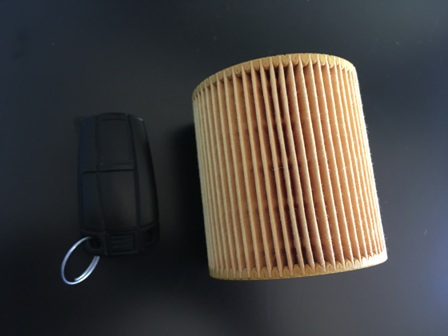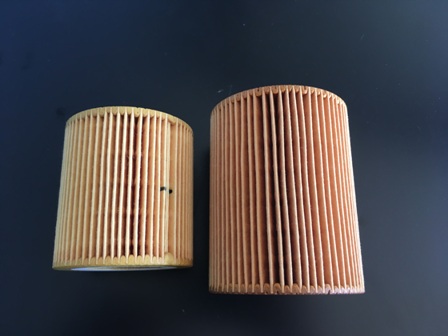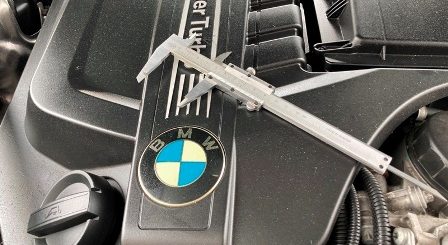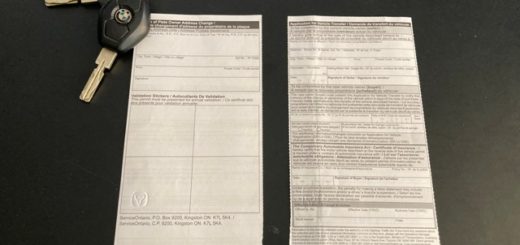How Often Should You Change Engine Oil?
How often to change engine oil
Primary purpose of engine oil is to lubricate your engine and reduce friction, but engine oil has other functions too.
To a certain degree, engine oil also serves as an engine coolant. Especially in turbocharged engines where it helps keep turbochargers at normal operating temperatures. Several important components inside the engine such as timing belt tensioner, variable timing and engine valves are operated utilizing oil pressure.
Engine oil also keeps engines clean by removing debris, particles and other contaminants. These are kept suspended in oil during circulation and latter carried to oil filter for filtration.
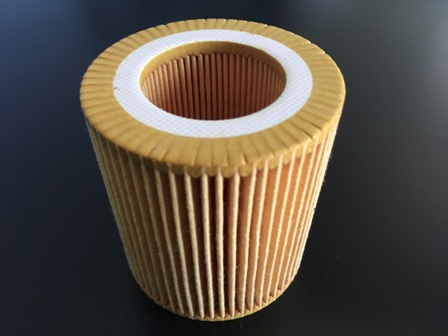
For decades recommendation has been to change engine oil change every 5,000 km or twice a year. Nowadays, this is considered overdoing it and it is overdoing it, 5,000km oil change interval is too short and a waste. Although, there are shops and repair facilities which still recommend 5,000 km oil change intervals. Engine oil changes are part of their business and this kind of recommendations make sense, at least on their side.
Manufacturer Recommendation for Oil Change Intervals
Advancement in oil technology, (especially synthetic oils) made engine oils much more durable handling high temperatures. Modern engine oil can keep oil properties for longer periods of time and most manufacturers are now recommending longer 15,000 km intervals between engine oil changes.
However, these high mileage oil change intervals recommendations needs to be taken with a bucket of salt. Sounds similar to: never change your transmission fluid as we made it “lifetime” and if your transmission blows up early, we will happily sell you another one. Is Transmission Fluid Lifetime?
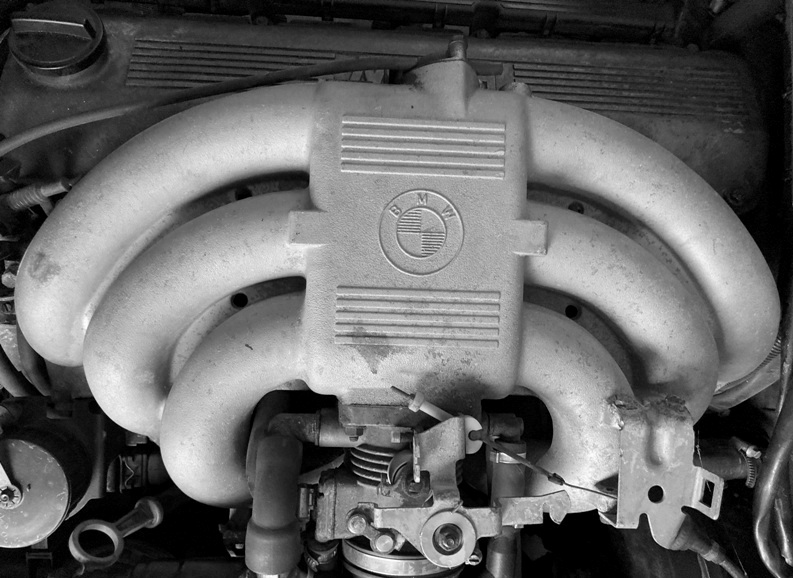
Manufacturers are in competition with each other, and reducing operating or maintenance costs of their vehicles gives them an advantage over others. Lengthening oil change periods reduces general vehicle maintenance operation costs. Since people want to spend as little as possible in maintenance and upkeep, this strategy makes selling new cars easier.
Also lets make something clear, manufacturers oil cahnge recommendation are minimum recommendation to keep your warranty and that’s about it. Manufacturer recommendations does mot take into account (does not even bother) what happens after warranty period, usually 100k km or 60k miles for most cars. Once warranty is finished then everything becomes your problem.
Extending oil change intervals to 15,000 km by manufacturers is based on the fact that engines can easily handle warranty period with high mileage oil change intervals. As we said, manufacturers are only liable for their warranty period which usually less about 100,000km.
However, if your engine blows up shortly after warranty period because of sludge, manufacturers are not liable and will not acknowledge sludge was created because of their recommended unreasonably long oil change intervals (10,000 miles or 15,000km). You are on your own after warranty period ends.
How Engine Sludge Forms by oil manufacturer AMSOIL.
Engine Oil Life Monitors
Almost all modern cars are equipped with Oil Life Monitors, which advise driver when to change engine oil. Oil life is shown as a percentage (100%, 60%, 20%, etc). When Oil Life percentage hits zero you should change your engine oil.
Oil life monitor gadget uses math or an algorithm to measure distance driven, weather temperatures, engine loads, average speed and idling times. It then “calculates” oil life and warn driver with oil change service alert displayed on instrument cluster.
However, bear in mind, oil life monitor is based on manufactures recommendation and designed for high mileage oil change intervals. These intervals are likely to be 15,000 km which is unreasonably high and will put your engine in danger of sludge in the long run.
This a quote from BMW: “In years past, talk of a ‘3,000-mile oil change’ was far from uncommon! However, thanks to advances in engine technology and original BMW engine oil, most BMW vehicles can now go 15,000 miles between oil changes”
“Advance in engine technology” is quite vague and means nothing. Although modern engines are better, lighter, more efficient, superior electronic control and more powerful, there little advancement in lubricating system apart from better and more durable engine oil.
Lubrication system has not changed significantly and modern engines still run at same RPM as old ones, same Oil temperature, same Coolant Temperature, same Oil pressure, same oil lubrication passages, same oil pump, same oil filter, etc. There is nothing in modern engines to justify 5 times longer oil change intervals.
(If you are also looking for a fast and easy solution to sell your car, more here on “How To Sell Your Car Fast In Ontario” )
Engine Oil Filter
How about Synthetic oil? Use Synthetic oil and go 15,000 km between oil changes? Well, not that fast. There is more to engine lubrication system than just oil, there is an oil filter too which is just as important, and oil filter might not last 15,000 km.
Oil filter is a very important part of lubricating system. Modern engine oil resists heat and keep lubricating properties for long time but as time passes engine oil will get contaminated. Oil filter is designed to remove particles, debris, metal shavings and other contaminants from engine oil.
If engine oil remains in engine for long periods of time, oil filter will gradually be overloaded and lose ability to filter contaminants. Particles suspended in oil will be sent back to engine unfiltered and cause engine wear and sludge. Engine sludge can not be repaired, you will need a new engine is that happens.
Another good reason for shorter than recommended 15,000 km oil change interval: Engine oil filters keep getting smaller in size. Here is an example:
On image above is a BMW oil filter next to a BMW key fob for reference. Filter doesn’t look that big, does it?
Engine Oil Filter Size
Oil Filters are getting smaller at a time when recommended oil change intervals are becoming longer. Below is a comparison of filters. Same car, new generation and previous generation filters used on same engine displacement and same manufacturer.
Filter on the right is from newer generation 3.0 liter naturally aspirated engine. Filter on the left is older generation of that same 3.0 liter naturally aspirated engine.
Engines on previous and newer generation are exactly the same in operating temperatures, oil pressure and oil capacities (both 6.5Liter).
Older version of engine oil filter above is clearly much larger with higher filtering capacity. If a large oil filter was necessary to maintain a 3.0L engine with 6.5L oil capacity, why newer generation has a smaller oil filter on same 3.0L engine with same 6.5L oil capacity?
Filters are made of paper and I don’t think paper made that kind of advances in last 5 years. So, why is newer oil filter smaller?
Reason is, smaller filters are most likely introduced for environmental purposes rather as an engineering paper marvel. Cheaper, less paper, easier transportation, less aluminum and plastic as filter housing will also be smaller…etc. That’s all good but filtering capacity will decrease.
Whatever the reason, engine oil might last 15,000 km but oil filter might not. If oil filter is plugged by debris and contaminants, will start moving unfiltered oil using oil filter bypass system. Bypass is designed to protect your used car engine from a plugged filter or a defective one from manufacturing.
Engine oil will not be filtered and is sent full of particles and contaminants back into engine, causing sludge and irreversible engine damage over time.
Oil Manufacturer Recommendations
Oil manufacturers are using same lingo as car manufactures with their 16,000km “protection”. Image below shows a very common synthetic oil which claims up to 16,000km protection. To put it lightly, its a load of crap and whatever they mean by “protection” is very vague. Well, its meant to be vague and is not accidental.
First of all, the writing. It says “Up To”. Anything that has “Up to” written on it, is meant to relieve responsibility to a claim, whatever the claim is.
What they really mean is: “In controlled laboratory testing oil was good for 16,000km. However, for you might be different and can be up to 5,000 km or 7,000 km or 2,000 km depending on environment you live and your driving habits, please pick a number from 0 to 16,000”. Basically, dumping responsibility while claiming 16,000km protection.
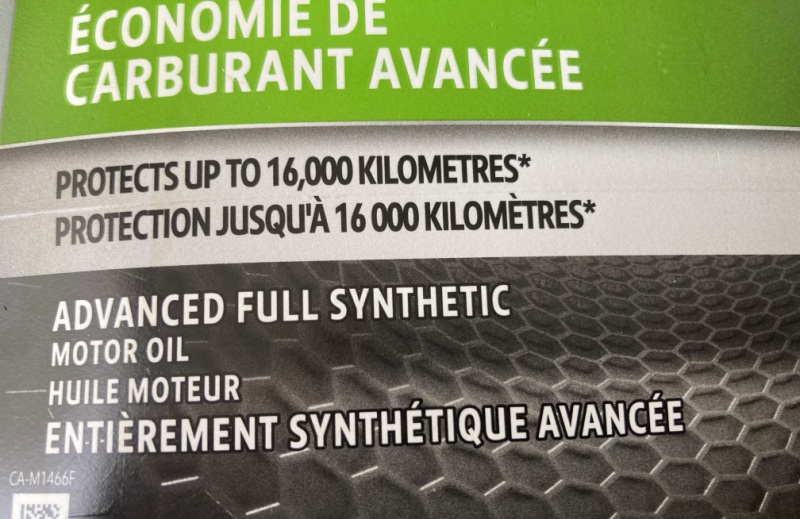
They will take a new engine, add their oil and run it equivalent to 10,000 miles or 16,000km. All is done inside a controlled environment, in a laboratory with no dust, optimal temperature and stable rpm. They will measure oil lubricating properties and claim 16,000km or 10,000 miles protection.
Real life with hot and cold weather, different driving habits, dust and grime, bumper to bumper idling, high speeds, snow and salt is a whole other story. Engine oil will break down much faster and turn itself into a thick contaminated tar very fast.
Another thing is, their 16,000 km protection only means lubrication properties. At 10,000km engine oil will still lubricate your engine bearings but on the other hand will sludge and gum up oil piston rings and valves. In a couple of years you can be guaranteed your engine will start to burn oil.
Conclusion: When to Change Engine Oil
While 5,000 km oil change intervals is overdoing it, on the other hand going all the way up to 15,000 km can cause engine damage and sludge. Going somewhere in the middle is the best way to keep your engine clean and oil change costs as low as possible.
Oil changes at 8,000 km or 5,000 miles intervals are safest and best compromise for engine reliability and longevity. Changing engine oil at 8,000 km or 5,000 miles (depending on Type of Oil) will ensure engine in your car stays clean and lubricated, reducing engine sludge while promoting engine reliability and performance in long run.
Never go past 10,000km on oil changes, under any circumstances. You will sludge engine in your car within couple years.
If you drive less than 8,000 km or 5,000 miles a year then change engine oil once a year. It’s not recommended to leave engine oil for more than one year, even if vehicle was not driven. Oil will accumulate water due to humidity in the air and slowly start to degrade.
In any case, about oil quality and price. You are better off buying a cheap or generic oil and change it at 5,000 miles or 8,000 km than buying some miracle expensive oil and change it at 10,000 miles or 16,000 km.
With engine oil change covered (somewhat), how about your transmission fluid? Transmission Flush vs Drain/Refill.
(If you are also looking for a fast and easy solution to sell your car, more here on “How To Sell Your Car Fast In Ontario”)
Comments: If you have any questions or suggestions related to this post or Used Car Toronto in general, don’t hesitate to use comment section below.


